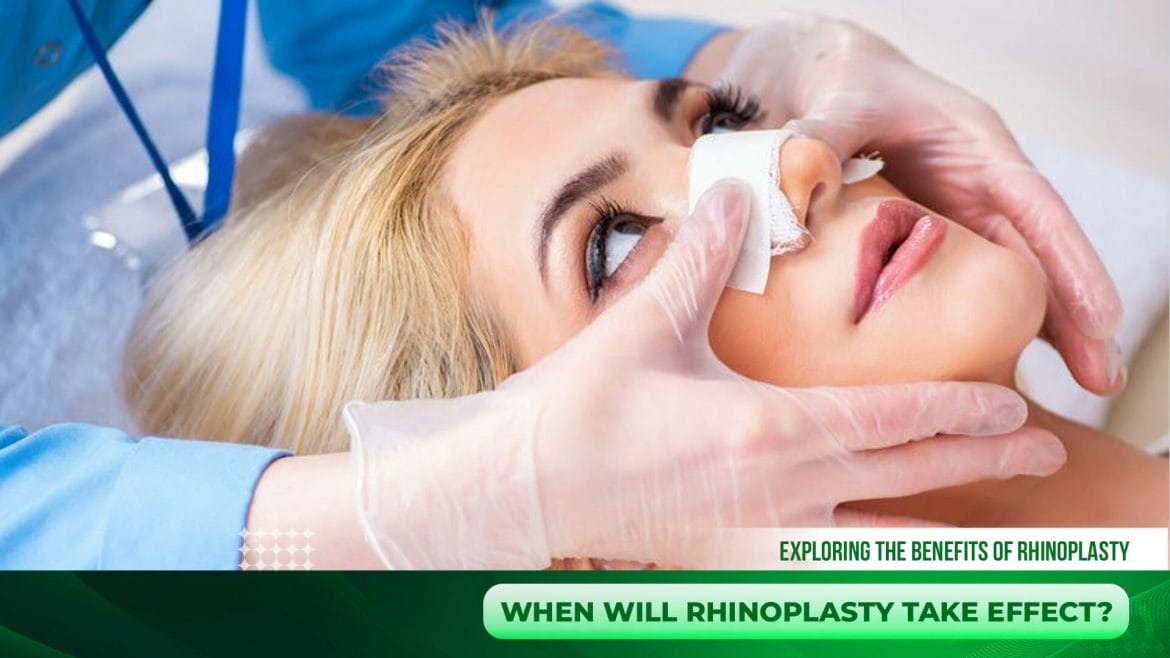Rhinoplasty: What is it?

Rhinoplasty, also known as a nose job, is a surgical procedure that aims to improve the shape and appearance of the nose. It involves altering the structure of the nose to address existing flaws or achieve a desired aesthetic outcome. Rhinoplasty may be performed to change the appearance of the nose, improve breathing, or do both.
Who might want to get a rhinoplasty?

There are various reasons why individuals may consider getting rhinoplasty.
+ Whoever has asymmetrical or disproportionate noses, such as overly large noses, noses with deformities resulting from injury, or crooked noses, may seek to correct these imperfections to enhance their facial appearance.
+ People who are dissatisfied with the shape of their nose due to genetics or uneven development may also be interested in undergoing rhinoplasty.
+ Bring back normal breathing during illness, cancer treatment, trauma, or severe burns.
Rhinoplasty can address multiple aspects of the nose, including size, shape, the angle of nasal structures, and their proportion to other facial features. The procedure can result in a smaller, more aesthetically pleasing nose, reduce pore size or alter the structural angle to achieve better facial harmony.
What are the benefits and drawbacks of rhinoplasty?

The advantages of rhinoplasty include improved self-confidence and satisfaction with one’s appearance, achieving balance and harmony between the nose and facial features, and potentially improving respiratory function for individuals with breathing issues related to the nose.
However, rhinoplasty also carries risks. Common risks include swelling, pain, nerve damage, infection, bleeding, and allergic reactions to anesthesia. Sometimes, the final outcome may not meet the patient’s expectations and may require additional corrective procedures.
When will the effects of my rhinoplasty be apparent?

The timeline to see the results of rhinoplasty can vary for each individual. Initially, after the surgical procedure, the nose will be swollen, and there may be bruising. Over the course of several weeks, the swelling and bruising will gradually subside. However, it can take anywhere from one to three months, and sometimes up to a year in certain cases, to see the complete and final results. The specific recovery time and when the best results will be visible will be discussed and guided by the surgeon during the pre- and post-operative consultations.


